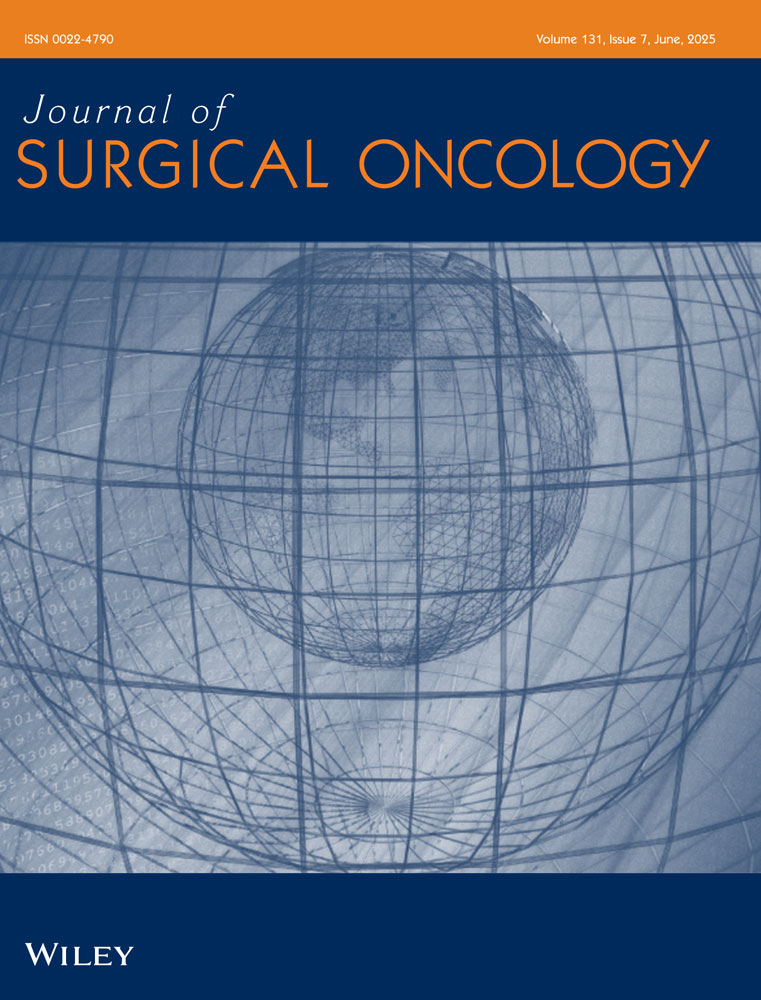Lymph Node Dissection for Melanoma: Contemporary Trends in Postoperative Outcomes and Patient Selection With Reduced Case Volumes in the Post-MSLT2 Era
ABSTRACT
Background and Objectives
Since the publication of the German Cooperative Oncology Group Selective Lymphadenectomy Trial and Multicenter Selective Lymphadenectomy Trial II (MSLT2) trials, the treatment paradigm for node-positive melanoma has shifted from completion lymph node dissection (LND) to nodal ultrasound surveillance. We sought to identify the impact of this practice change on postoperative outcomes in a national cohort.
Methods
The American College of Surgeons National Surgical Quality Improvement Program database was queried for patients diagnosed with truncal/extremity malignant melanoma who underwent axillary/inguinal LND. Patients diagnosed with head/neck melanoma with subsequent cervical LND were also analyzed separately. Trends in case volumes, clinicodemographic patient characteristics, and postoperative outcomes were analyzed using univariate and multivariate analyses.
Results
There has been a reduction of patients undergoing axillary/inguinal LND in the post-MSLT2 era (24.1% vs. 19.0%, p < 0.01). Furthermore, these patients are older (63 vs. 59 years, p < 0.01) and have worse systemic comorbidities (ASA class 3+ +54% vs. 42%, p <0.01). Despite this, postoperative outcomes remain unchanged. For cervical LND, no significant changes in case volumes or clinicodemographic factors were found. Apart from an increase in superficial skin infections in the post-MSLT2 cohort, postoperative outcomes remain largely unchanged.
Conclusions
Continued efforts should be made to optimize patient selection and maintain acceptable postoperative morbidity for LND as it becomes more sparingly utilized in the care of patients with melanoma.
Conflicts of Interest
The authors declare no conflicts of interest.
Open Research
Data Availability Statement
Data subject to third-party restrictions. The data that support the findings of this study are available from the American College of Surgeons—National Surgical Quality Improvement Program (ACS-NSQIP). Restrictions apply to the availability of this data, which were used under license for this study. Data are available at https://www.facs.org/quality-programs/data-and-registries/acs-nsqip/participant-use-data-file/ with the permission of ACS-NSQIP.




